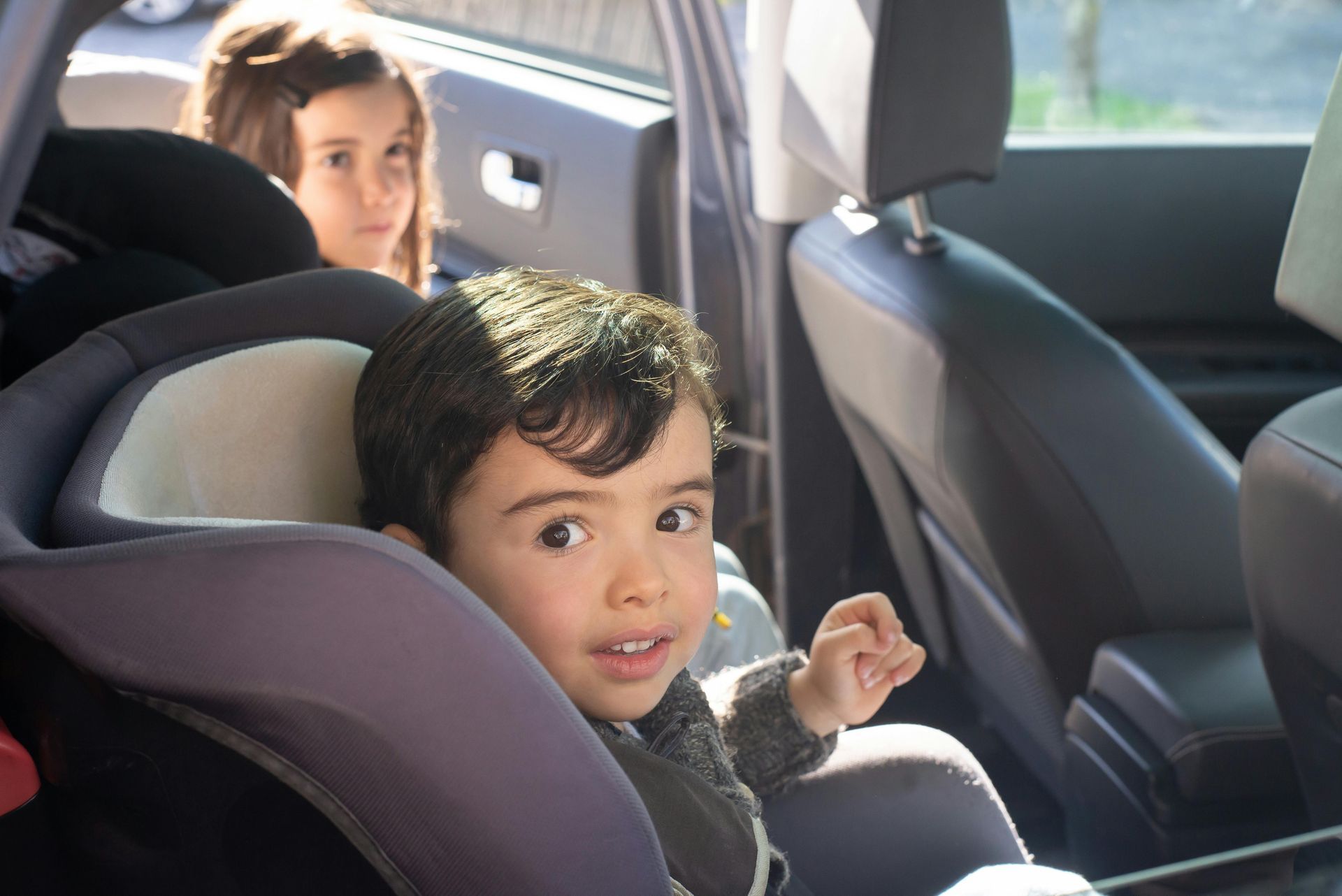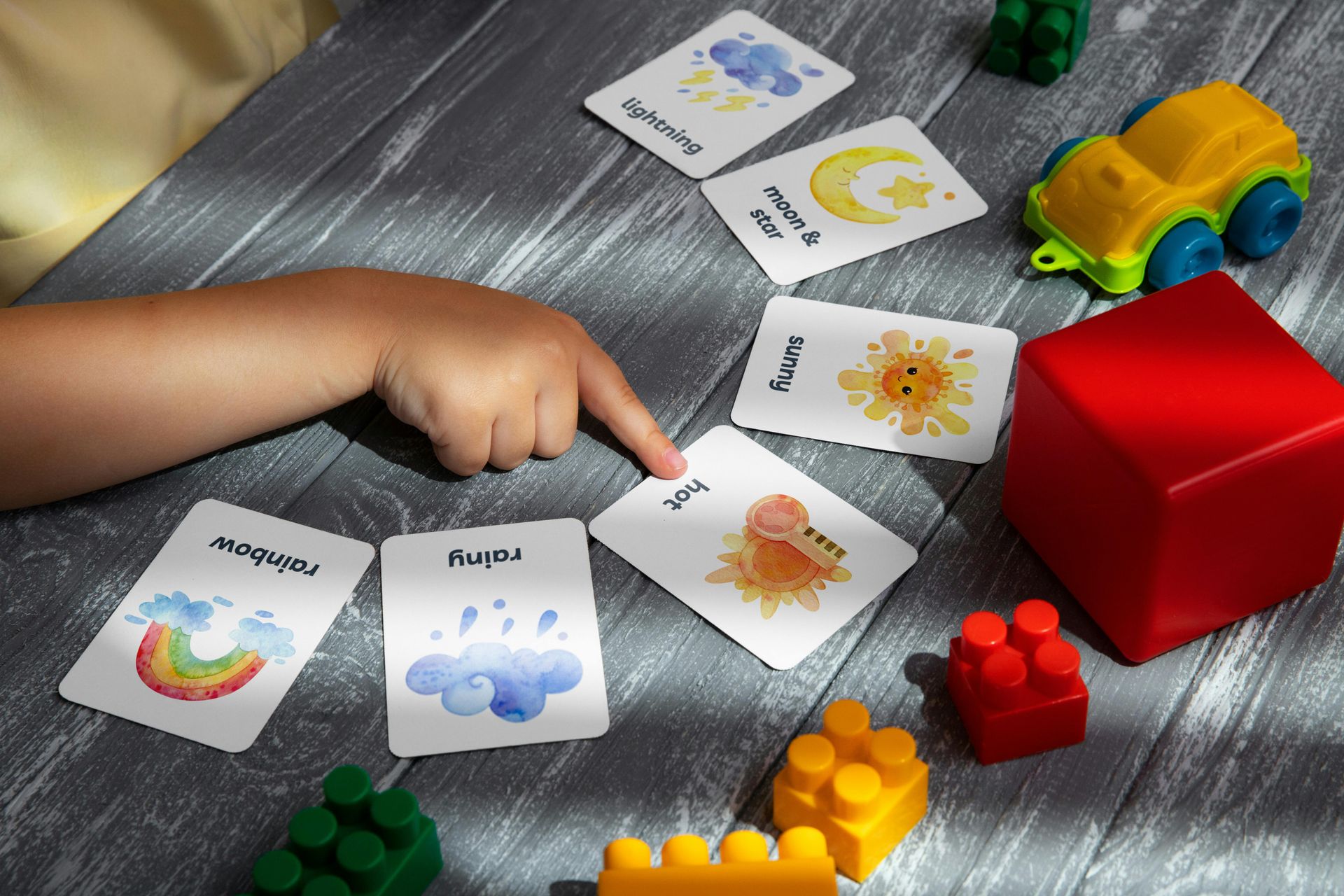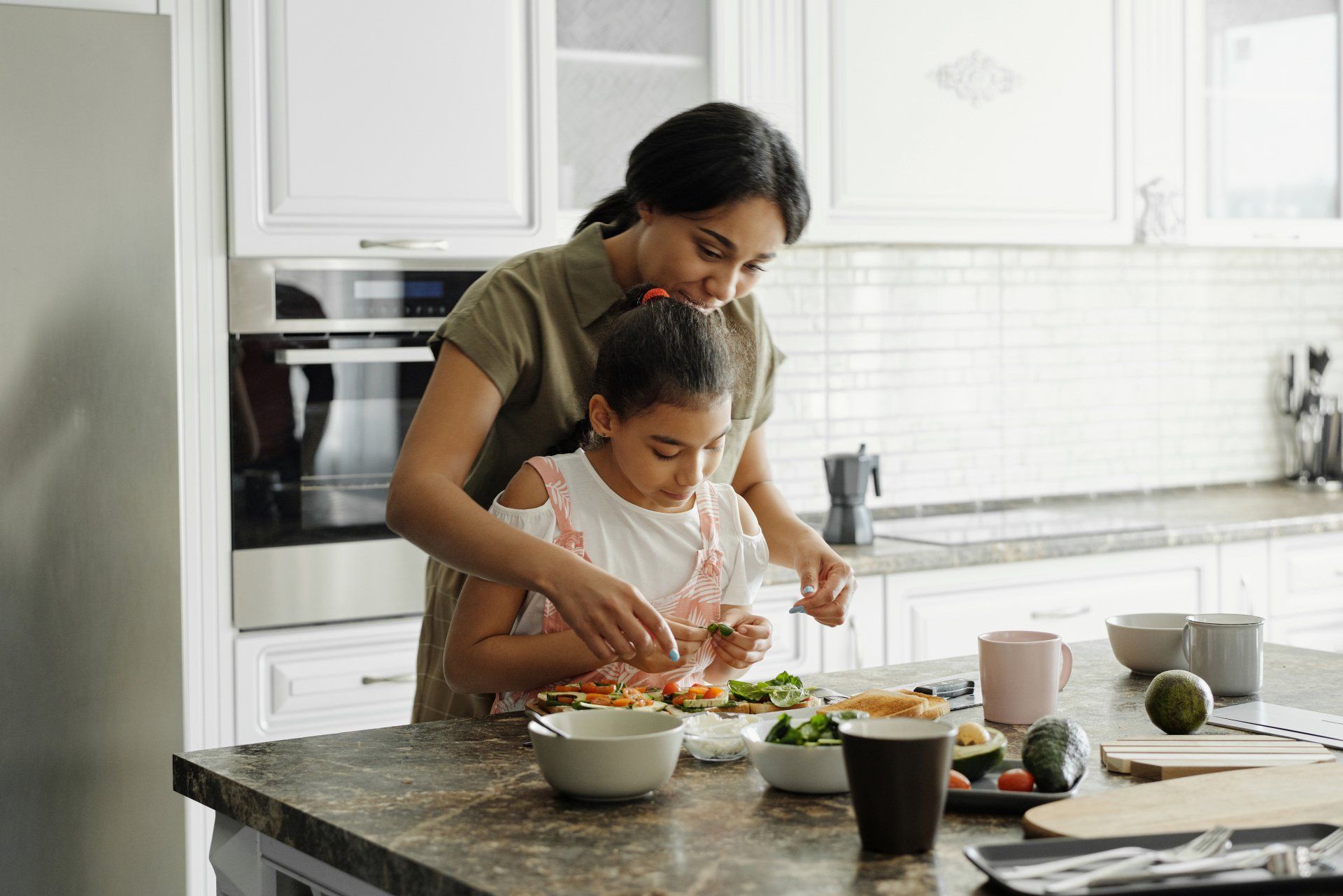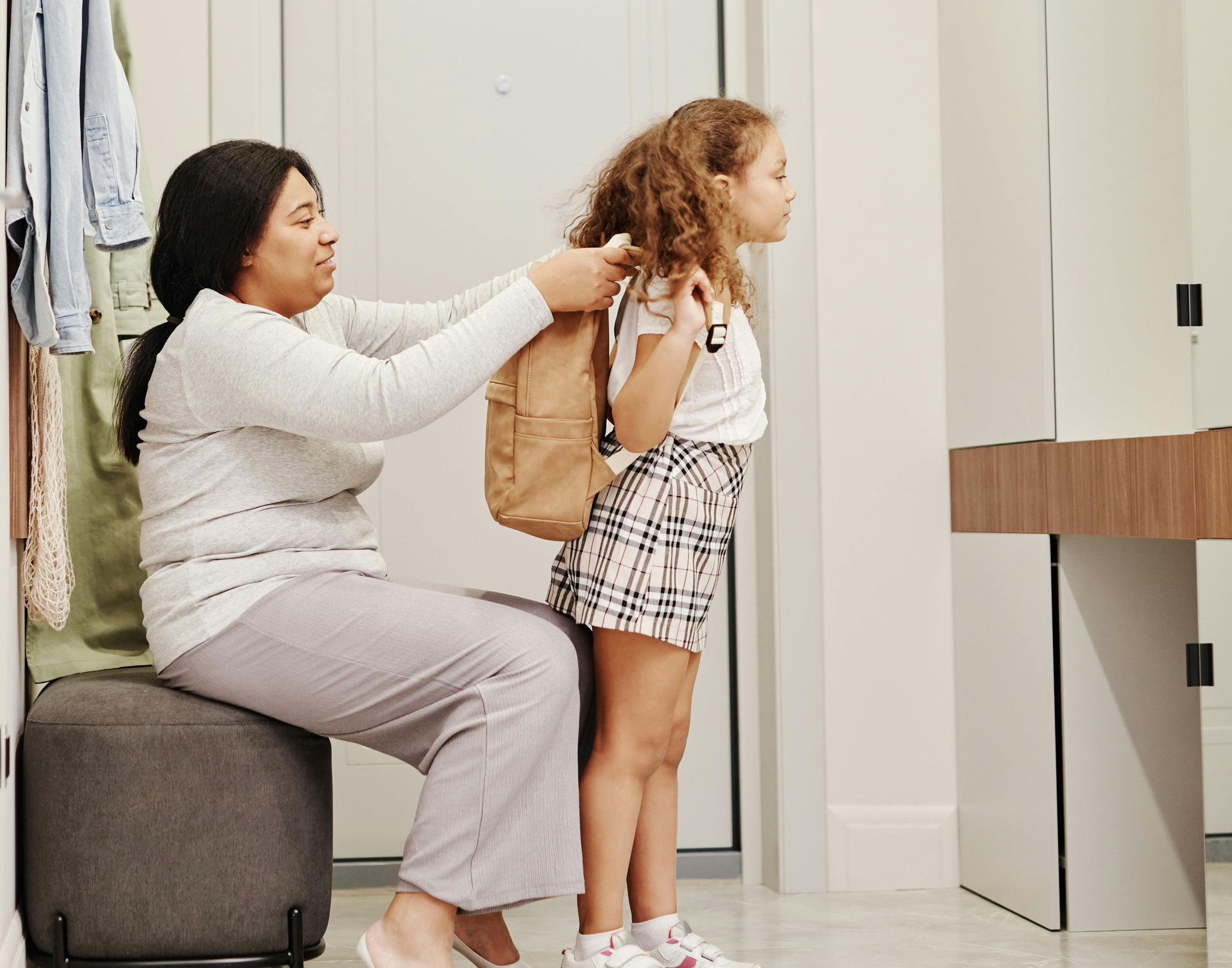Traveling with Your Child with Autism
Traveling with your Autistic Child
The spring and summer months are some of the busiest months of the year for vacations and vacation planning. If your child has autism, there are several things you can do to make travel a little easier, whether you’re an experienced vacationer yourself or you’ve never ventured far from home.
Just Starting Out
Short trips are your friend, especially if you are just starting out. Try a weekend getaway to a destination a couple hours away. A short trip can be a learning experience that can help prepare everyone for longer journeys. You may become aware of your child’s specific needs while traveling—comfort items that work or don’t work on a long car ride, the best sleeping arrangements for the hotel, and other insights into how to make your child feel at home away from home.
Location, Location, Location
For longer vacation destinations, you might consider choosing a resort. Resorts can be advantageous to families with autism for many reasons. First, it can be easier to maintain a sense of structure and routine. The fact that so many activities and restaurants are available onsite may make transitions easier. Resort-style vacationing even has the added bonus of making a midday break back in the room a quick and easy option.
When considering location, it is also a great idea to try to factor in any special interests your child may have. This may make traveling more tolerable, even if the entire trip isn’t geared towards that special thing. Make a point to have one or two activities planned that your child can specifically look forward to. This may be a particular mode of transportation (train, plane, boat, subway), a stop at a roadside attraction (think “World’s Largest _____”), or a museum with an exhibit on a topic that excites them.
Preparation is Key
Before the trip, take the time to prepare your child for any new places and experiences they will encounter. Social stories are a great way to let them know what to expect. Share the travel itinerary and talk through plans together and more than once.
In addition to preparing your child, prepare for the trip by filling a small bag with useful tools for the road, the hotel, or out and about. This pack might include earplugs, headphones, fidgets, gum, comfort items, technology, and more. It may mean carrying more stuff around, but it will be worth it when it’s needed, and it will feel better to know you’re prepared.
Finally, put a little extra preparation into researching your destination. For example, make a note of quiet spots that you and your child can retreat to when it gets overwhelming. Overstimulation is just one of many challenges you may encounter while traveling with your child, but with proper preparation and support, you can have a fun and memorable trip together.
Positive Reinforcement offers ABA Therapy to all levels of Autism. we offer in home ABA services in Richmond VA, Ashburn VA, Somerset Kentucky, and surrounding areas.











